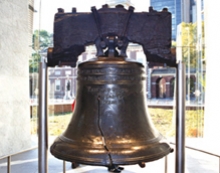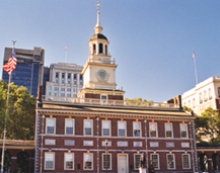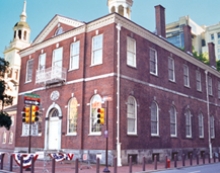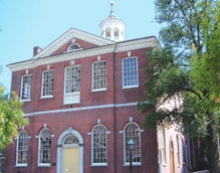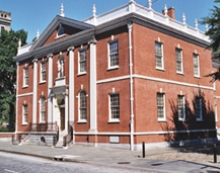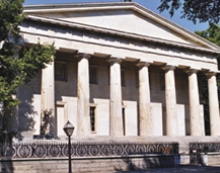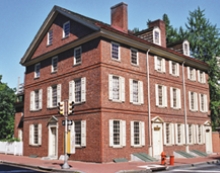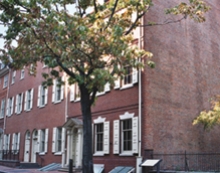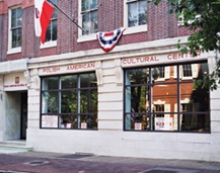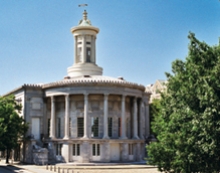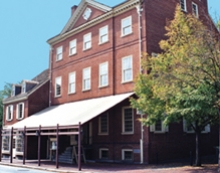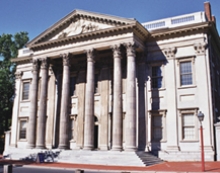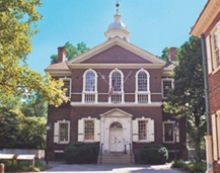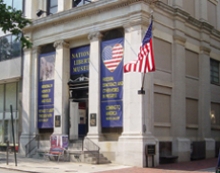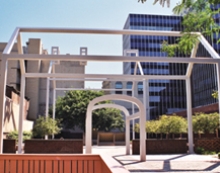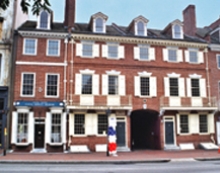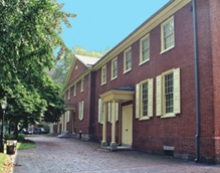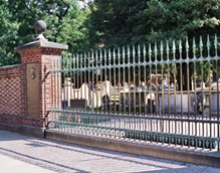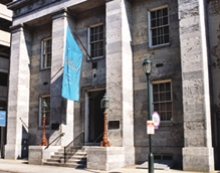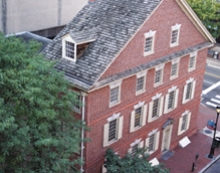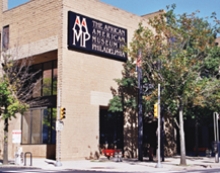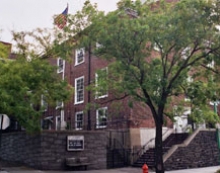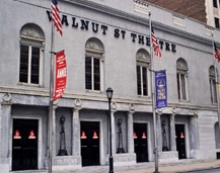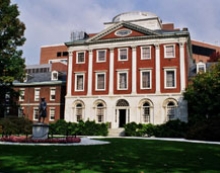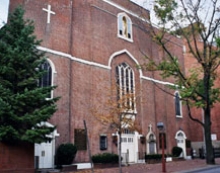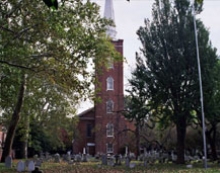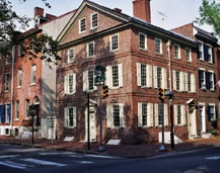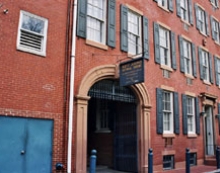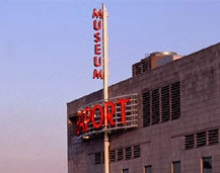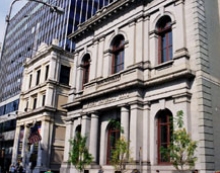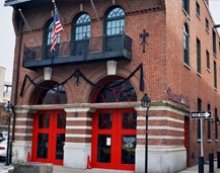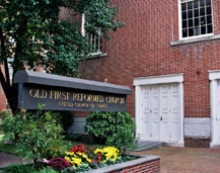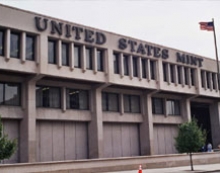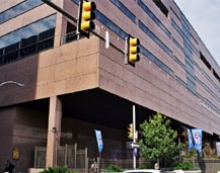There's a revolutionary way to see Historic Philadelphia - The Constitutional Walking Tour of Philadelphia. The Constitutional tells the dramatic story of the brave men and women who were responsible for creating America. The rest is simply history…
Follow in the Founding Fathers' footsteps with The Constitutional's self-guided tour, a free and fun-filled activity for the entire family. The Constitutional's self-guided walking journey goes through America's most historic square mile - America's Birthplace. Step back in time to see where The Declaration of Independence and the Constitution of the United States were created. The 3-mile outdoor journey features more than 30 historical sites in the Independence National Historical Park area, including the Liberty Bell, Independence Hall and the National Constitution Center.
Depending on your interests and local "distractions" along the way, you can exercise your right to explore by walking The Constitutional in just a few hours. It's fun, it's easy to follow, it's self-guided, it's comprehensive, and best of all, it's FREE!
No reservations are required to walk The Constitutional's self guided tour. If you are interested in a guided tour click here. For private group tours which are offered year-round, click here. Note that individual site hours, fees and availability may vary, so please check with each site in advance of your visit as to operating hours and ticket requirements.
Dining options are available at many locations along The Constitutional including the National Constitution Center, the food court at The Bourse which serves a wide variety including world famous Philadelphia cheesesteaks, and City Tavern, which serves cuisine inspired by the customs and foods from the 18th Century.
Wear comfortable, weather-appropriate clothing, including walking shoes or sneakers. Public restrooms are available at many places including The Bourse Building, Franklin Court, and the National Constitution Center.
As the birthplace of America, Philadelphia can lay claim to many "firsts." Click here to learn more about Philadelphia Firsts.
Click here to listen to The Constitutional's radio ad.
Hover over the numbers below to see the name of the site. Click the number to learn more about that site.






